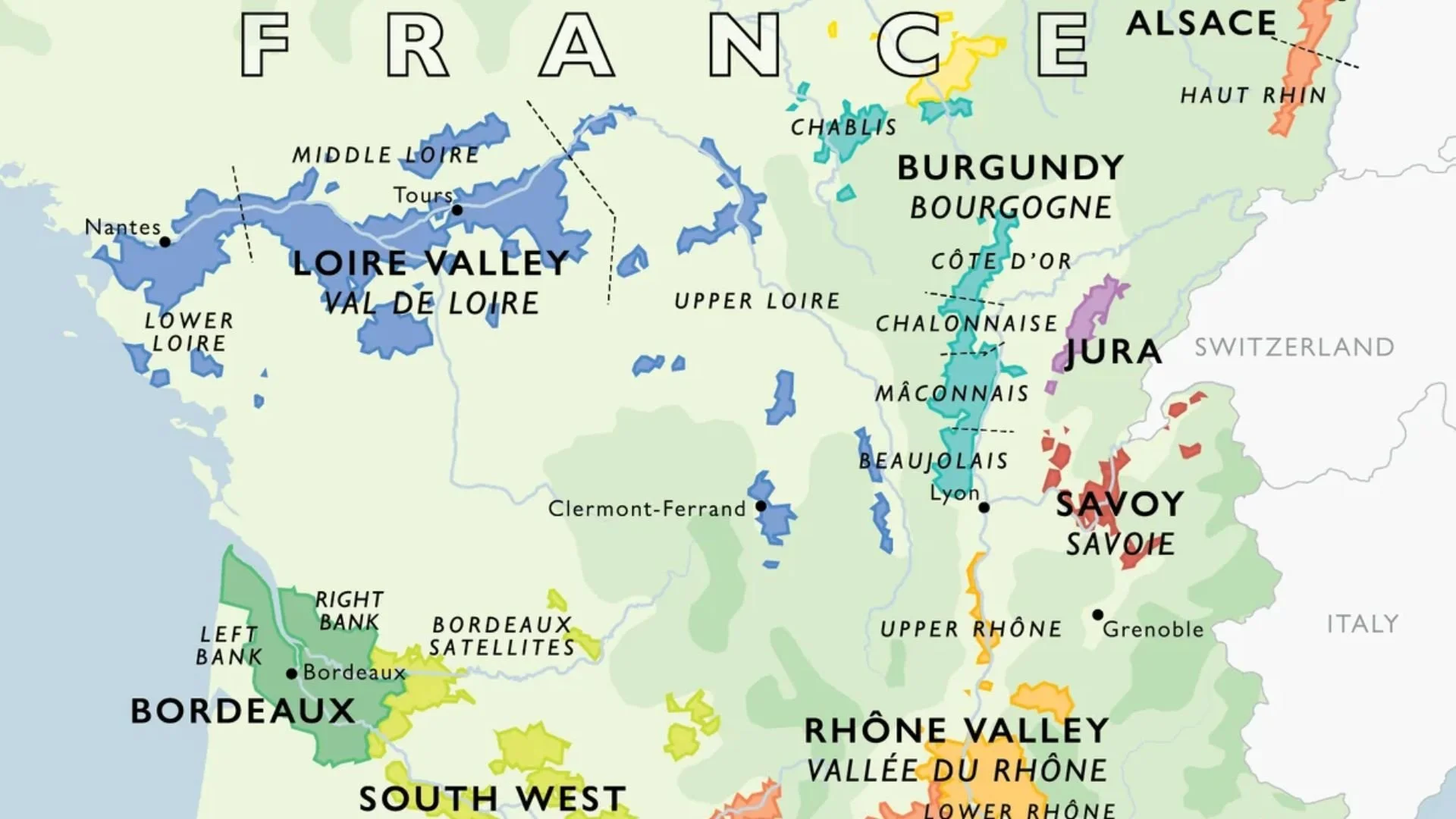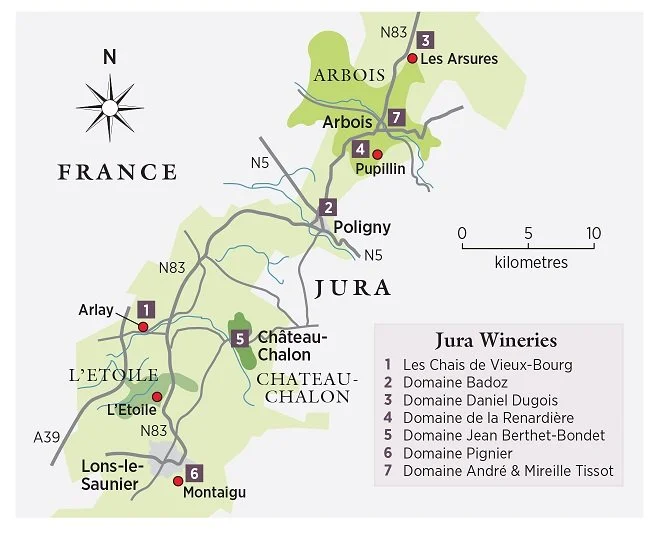Discover France's Lesser-Known Wine Regions
Introduction:
France is globally renowned for its wine, but beyond the famous names like Bordeaux and Champagne, the country offers an abundance of equally impressive wine regions.
In this post, I’ll take you on a journey to 4 must-visit wine destinations in France that offer not only exceptional wines but also unforgettable experiences with local winemakers, small family-owned vineyards, and enchanting countryside landscapes. These spots give you a taste of France’s viticulture diversity.
A closer look to the wine regions of France
1. Alsace: For the Riesling Enthusiasts
Alsace, located near the German border, is a region that consistently produces some of the best white wines in the world. The picturesque villages of the Alsace Wine Route, such as Riquewihr and Eguisheim, offer scenic beauty and family-run wineries that will welcome you into their cellars.
While Alsace is well-known for Riesling, don’t miss out on Pinot Gris and Gewürztraminer, which often surprise travelers unfamiliar with the region’s rich, aromatic whites. Domaine Marcel Deiss, known for its biodynamic methods, offers a unique tasting experience where you can explore the depth and complexity of Alsatian wines.
2. Jura: The Hidden Gem for Adventurous Palates
If you’re a fan of exploring the unexpected, Jura is a wine region that will surprise you. Between Burgundy and Switzerland, Jura is famous for its Vin Jaune, a nutty, oxidized wine aged under a film of yeast. But there’s much more to explore here.
Cellars like Domaine Tissot will introduce you to Jura’s idiosyncratic wines, including Poulsard and Trousseau, light reds that are perfect for sipping on a summer day. And don’t forget the Crémant du Jura, a sparkling wine that rivals. This region remains an undiscovered treasure for those willing to venture off the well-worn wine routes.
3.Languedoc-Roussillon: A Rising Star in French Wine
While Languedoc-Roussillon has long been France's largest wine-producing region, it is often overshadowed by its more famous counterparts. However, in recent years, this area has garnered international attention for its innovative winemaking and quality wines at affordable prices. The region's Mediterranean climate, with its hot, dry summers, makes it ideal for growing a variety of grapes, from Grenache and Syrah to Mourvèdre.
For a truly immersive experience, visit vineyards like Mas de Daumas Gassac, which is known as the "Lafite of the Languedoc," or discover the natural beauty of the area with its dramatic coastline, medieval castles, and charming villages. Whether you're sipping on a rich red or a crisp white, you'll find that Languedoc-Roussillon offers a taste of southern France that is both authentic and full of character.
4. Loire Valley: Home of Muscadet and More
Having grown up in the Loire Valley, I have a special connection to this region, often referred to as the "Garden of France." This region is not only a UNESCO World Heritage site but also a wine lover's paradise. While it produces a wide variety of wines, the region is particularly famous for Muscadet, a crisp, refreshing white wine made from the Melon de Bourgogne grape. Grown in the Pays Nantais near the Atlantic coast, Muscadet is celebrated for its bright acidity, mineral notes, and subtle saline character—perfectly suited to pair with fresh oysters and other seafood.
Beyond Muscadet, the Loire offers a diverse range of wines, from the elegant Sauvignon Blancs of Sancerre to the structured Cabernet Francs of Chinon. The region’s cool climate and varied terroir allow for an incredible variety of wine styles, making it a must-visit destination for wine enthusiasts. Whether you’re strolling through the grands châteaux or visiting small, family-run vineyards like Domaine de l'Écu in Muscadet or Domaine Vacheron in Sancerre, the Loire Valley provides a rich, immersive experience.
Conclusion:
For wine enthusiasts looking to deepen their knowledge, I recommend apps like Vivino, which not only provide access to community reviews and wine ratings but also help you discover new bottles based on your taste preferences. This is particularly useful for finding hidden gems from regions like Languedoc-Roussillon or exploring Loire Valley wines beyond Muscadet.

